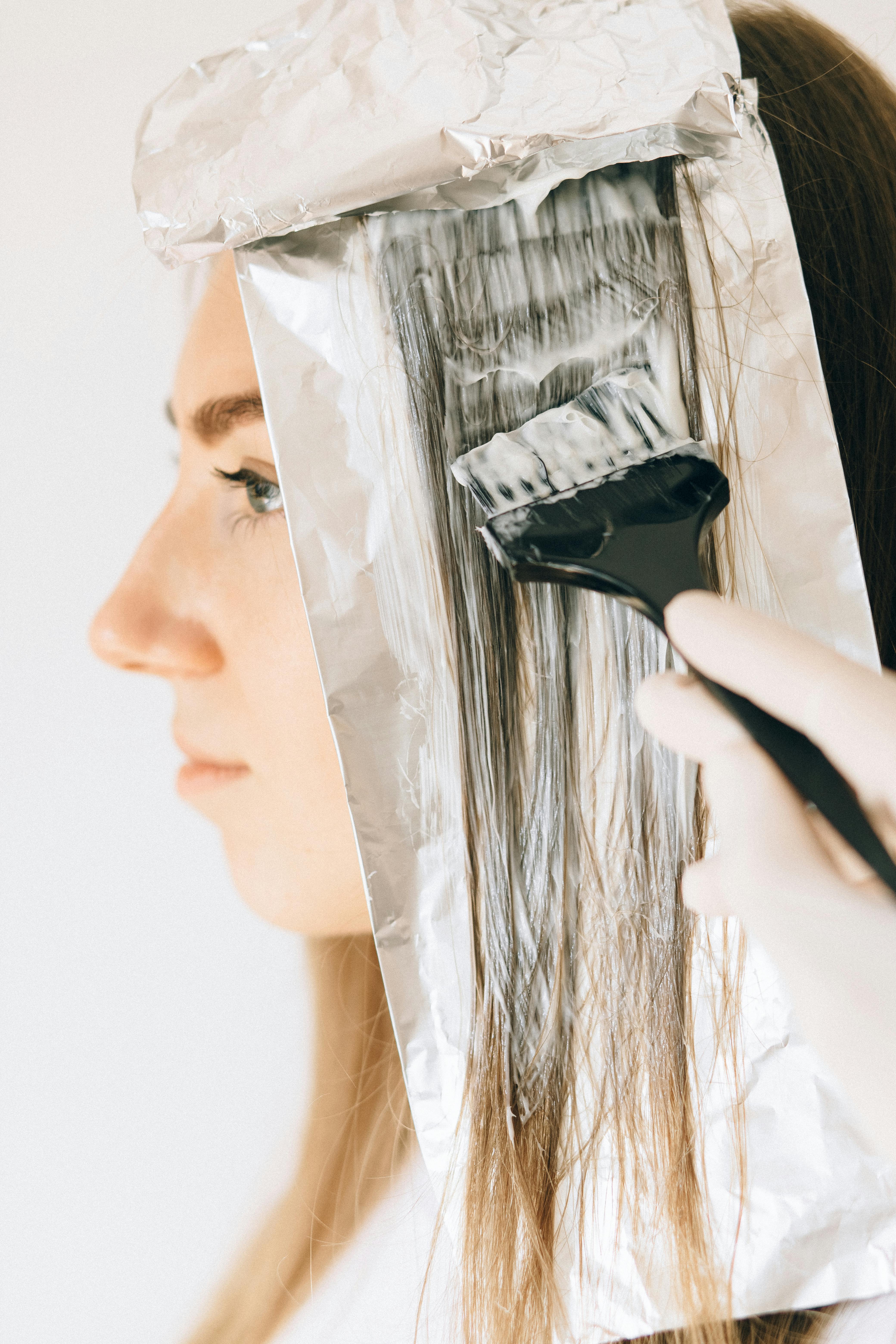Effective Ways to Drain a Ganglion Cyst Yourself in 2025

Effective Ways to Drain a Ganglion Cyst Yourself in 2025
Ganglion cysts are non-cancerous lumps that commonly occur along the tendons and joints of your wrists and hands. These cysts can cause discomfort and anxiety due to their appearance, which can often lead individuals to consider treatment options. Understanding how to drain a ganglion cyst yourself is important in managing the discomfort these cysts can cause. This article will provide an overview of various methods for at-home cyst drainage, symptoms associated with these cysts, safe cyst care practices, and when to seek medical advice. By following these guidelines, you can empower yourself with knowledge about ganglion cyst treatment and home remedies for effective cyst management.
Understanding ganglion cysts is vital for anyone dealing with this issue. It's also crucial to know the potential risks involved in self-draining the cyst. We’ll explore the process, aftercare, and alternative treatments to help reduce cyst size and manage pain effectively. Emphasizing the importance of safety and proper technique, we’ll discuss how to avoid complications during home cyst management. Let’s dive deeper into the effective methods for draining ganglion cysts and managing their symptoms.
Understanding Ganglion Cysts and Their Symptoms
Before embarking on self-draining your ganglion cyst, it’s essential to understand what it is and its symptoms. Ganglion cysts are filled with a jelly-like fluid composed mainly of hyaluronic acid, which is produced in response to inflammation. They often appear on the wrist or hand, but can also occur in other locations. Symptoms may include swelling, tenderness, and pain, especially when pressure is applied to the area. Recognizing these symptoms early can help you decide the best course of action.
Identifying cysts starts with understanding their appearance. Ganglion cysts can vary in size and may resemble a small bump under the skin. They may fluctuate in size, becoming larger with activity, or might seem to dissipate when at rest. This awareness aids in recognizing when to consult a doctor about cyst issues, particularly if the cyst becomes increasingly painful or shows signs of infection.
In addition to physical appearance and symptoms, lifestyle choices influence cyst formations. For instance, activities involving repetitive motion can exacerbate their growth. Recognizing these environmental factors can guide you in making proactive changes to reduce the risk of developing new cysts.
Having a broad understanding of ganglion cysts encourages better management and effective treatment strategies, whether through home remedies or professional medical care. Knowing when to drain a cyst and the proper technique is critical for successful management.
Now that we are familiar with ganglion cyst characteristics, it's important to explore effective cyst drainage methods.
Safe Cyst Drainage Methods at Home
When considering at-home cyst removal, safety is paramount. Many individuals wonder how to drain a ganglion cyst effectively without incurring complications. One common method is aspiration, which involves using a sterile needle and syringe to withdraw the cyst fluid. It’s essential to maintain a clean environment and use sterile equipment to prevent infection. Prior to drainage, it’s advisable to wash your hands thoroughly and attempt to minimize bacteria around the cyst area.
Additionally, using warmth can aid in the process. Applying a warm compress to the cyst may help soften the tissue, allowing for easier fluid withdrawal. It’s recommended to maintain the warmth for approximately 10 to 15 minutes before attempting to drain the cyst.
Common mistakes include attempting to drain a cyst that is too large or not properly sterilizing your tools, both of which can lead to infection or even cyst recurrence. Importance of sterile techniques cannot be overstated; always ensure you are using sanitized needles and syringes, and that you dispose of them properly post-use.
Whether performing a cyst aspiration or using other drainage techniques, it is crucial to monitor the area afterward. Signs of infection include increased redness, swelling, warmth, or pus discharge. If symptoms arise, consulting a doctor about cyst issues becomes necessary.
As we look into the next aspect, let’s delve into aftercare strategies crucial for effective cyst management post-drainage.
Aftercare for Cyst Drainage
After successfully draining a ganglion cyst, appropriate aftercare plays a significant role in ensuring a smooth recovery. First, clean the area gently with mild soap and water to maintain cleanliness and prevent infection. It’s important to dress the site with a sterile bandage to protect against contamination.
Hydrating after cyst removal is essential. Keeping the body well-hydrated supports healing and can even help manage pain associated with the cyst drainage process. Drinking plenty of water and consuming anti-inflammatory foods can aid recovery.
Monitoring for signs of complications during the healing process is also crucial. Cyst healing timelines can vary, with some individuals experiencing quick recovery, while others may face prolonged discomfort. If the cyst swells again or symptoms persist, reevaluating treatment options or seeking professional help might be necessary.
Moreover, lifestyle changes that promote cyst health can be beneficial. Maintaining a balanced diet, reducing repetitive strain activities, and incorporating gentle exercises can contribute to preventing cyst recurrence.
With proper aftercare, the risks of complications can be minimized. Next, let’s explore additional holistic approaches to managing ganglion cysts effectively.
Holistic Approaches to Reducing Ganglion Cysts
While immediate solutions for draining ganglion cysts are vital, considering holistic approaches can enhance long-term self-management. Various natural remedies, including herbal treatments, can be effective in reducing inflammation and aiding recovery. For instance, applying essential oils can provide soothing effects and help manage discomfort.
Heat therapy is another beneficial method. Use a warm compress regularly to alleviate discomfort and inflammation. This can be particularly soothing for individuals experiencing repeated issues with cysts. Moreover, exploring therapeutic options such as acupuncture or massage therapy offers alternative healing avenues.
The emotional impact of visible cysts shouldn’t be ignored. Many individuals face anxiety or self-consciousness regarding their appearance. Seeking counseling or participating in support groups can help in addressing these emotional challenges, enhancing overall well-being during cyst management.
Integrating dietary influences into your lifestyle can also foster a healthier body response to cysts. Consuming anti-inflammatory foods, such as fatty fish and leafy greens, may help mitigate future cyst formations. It’s also wise to monitor any food sensitivities that could impact inflammation and cyst development.
Now that we’ve discussed holistic avenues, let’s examine lifestyle changes that prevent cysts from forming altogether.
Lifestyle Changes for Cyst Prevention
Preventing ganglion cysts can be achieved through various lifestyle changes aimed at reducing risk factors. Understanding how to avoid repeated strains on your joints is critical, especially for individuals involved in repetitive motion occupations. Ergonomic adjustments in your work environment can significantly impact your susceptibility to cyst formation.
Incorporating regular stretching and strengthening exercises into your daily routine can protect against joint issues that may lead to cyst development. Engaging in activities that promote overall joint health can reduce strain and inflammation, thus protecting against cyst complications in the long run.
Monitoring body mechanics and ensuring proper posture during activities can also alleviate stress on joints. Being attentive to body signals when discomfort arises is crucial. Pay attention to when cysts appear; tracking these occurrences can lead to better preventative strategies. Assessing daily habits and making informed choices about movements can empower you to manage your cyst-related health proactively.
Maintaining a strong immune system through a healthy diet, hydration, and adequate sleep greatly influences your body’s ability to heal and respond to inflammation. Sustainable solutions, like reducing meal portions of processed foods high in sugar and fat, contribute favorably to cyst prevention.
Having effective methods for managing cysts can lead you to a more comfortable life while dealing with ganglion cysts. Let’s wrap up by addressing common questions related to cyst care and treatment.
Q&A Section: Common Questions About Ganglion Cysts
**Q: What should I do if my cyst becomes painful?**
A: If your cyst becomes increasingly painful, consider practicing at-home care such as warmth application and anti-inflammatory medications. If pain persists, consulting a healthcare professional is essential for appropriate assessment and treatment.
**Q: How can I tell if my cyst is infected?**
A: Signs of infection include increased redness, warmth, swelling, and pus. If you suspect infection, consult a doctor immediately to avoid complications.
**Q: Are there any natural remedies for cysts?**
A: Yes, herbal treatments and essential oils may assist in reducing inflammation and discomfort associated with cysts. Additionally, warm compresses and proper hydration are key methods.
**Q: When should I seek medical attention for a ganglion cyst?**
A: Seek medical care when cyst symptoms worsen or when you notice significant changes, such as rapid growth or severe pain. Professional guidance ensures proper diagnosis and treatment.
**Q: Can lifestyle changes affect cyst recurrence?**
A: Yes, maintaining a healthy lifestyle through ergonomic adjustments, regular exercise, and a balanced diet can significantly reduce the likelihood of ganglion cyst recurrence.

Concluding Thoughts on Cyst Management
Effective management of ganglion cysts involves a blend of safe drainage techniques, robust aftercare, holistic approaches, and lifestyle modifications. Understanding the intricacies of cyst symptoms and treatment options empowers individuals to take control of their health. With comprehensive knowledge, proactive cyst management becomes achievable. If you encounter any complications or persistent cyst symptoms, don’t hesitate to consult healthcare professionals for assistance. Together, proactive management and informed decision-making can enhance your quality of life and minimize future cyst occurrences.
 ```
```